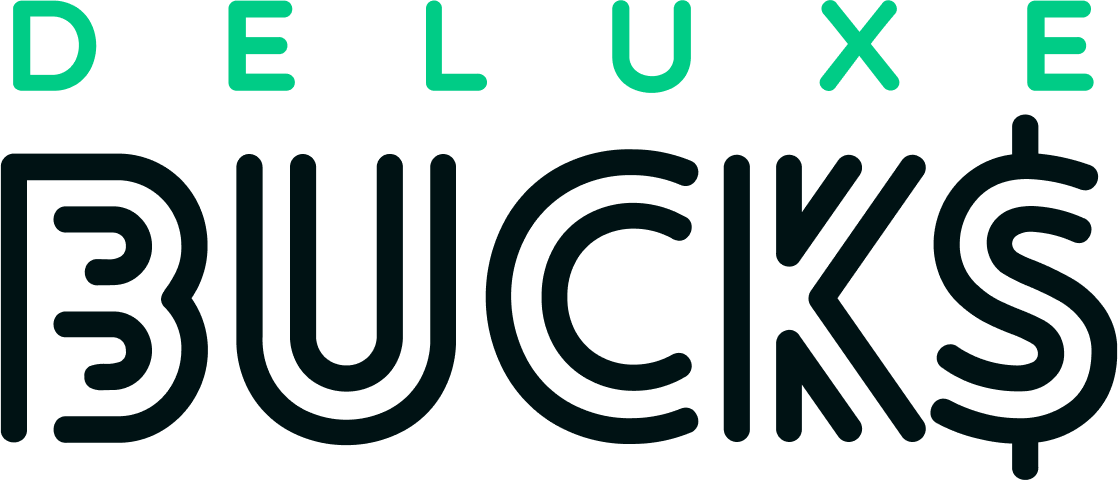Picture this: Your bills are stacking up, and your food supply is getting low. The upcoming winter worries you, not because of the cold, but due to high heating bills. Yet, there’s hope. Financial assistance for low-income families is not just help; it’s a step towards a better future. While finding government programs for low-income families may seem tough, it’s a path filled with optimism for struggling families needing financial help.
Various programs are available, such as the Temporary Assistance for Needy Families (TANF). This program offers monthly support ranging from $492 to $549, depending on where you live1. There’s also the Housing Choice Voucher Program, which ensures you don’t spend over 30% of your income on housing2. Plus, the government offers the Supplemental Nutrition Assistance Program (SNAP), designed to help with food costs for families making very little1.
If you’re a single parent, part of a big family, or taking care of someone with disabilities, these programs aim to help everyone. Take a moment, breathe, and let’s explore these opportunities together. No family in America should have to go through financial struggles by themselves.
Key Takeaways:
- Explore a variety of aid programs designed for income-challenged households.
- Understand the benefit ranges and potential financial assistance you may be eligible for.
- Recognize the importance of programs like TANF and SNAP in providing necessary support.
- Learn how to safeguard your family against scams targeting those seeking assistance.
- Discover how easy applying for these programs can be, often with online options.
An Overview of Financial Assistance Programs for Families in Need
In these times of economic uncertainty, many families in the United States depend on financial help. If you’re finding it hard to pay your bills, take care of health expenses, or buy enough food, knowing about low-income family resources can help reduce your stress.
For those with unstable jobs, there’s a cash help called Temporary Assistance for Needy Families (TANF)3. Programs like the Low Income Home Energy Assistance Program (LIHEAP) help families save on heating and other energy bills3. This way, families don’t have to pick between staying warm or meeting other needs.
There’s also help with food. The Supplemental Nutrition Assistance Program (SNAP) and the Special Supplemental Nutrition Program for Women, Infants, and Children (WIC) supply important food help3. They support low-income people, pregnant women, and kids by offering healthy foods3. Schools also provide low-cost or free, nutritious meals to kids every day3.
The Child and Adult Care Food Program makes sure child care centers can give kids healthy meals. This supports parents in feeding their children well3. There is also help for families with disabled or blind kids through the Supplemental Security Income (SSI) for Children program3.
The Affordable Connectivity Program (ACP) was also helping with internet costs. It provided a $30 monthly discount and a one-time discount for computer equipment. Sadly, its funds ran out in June 20244.
Unemployment Insurance helps by giving some money for up to 26 weeks if you lose your job4. This can be extended sometimes. It’s important for family stability during job changes.
Getting to know these low-income family support services can be a big relief. Local community offices or online helpers can show you how to apply. This can make a huge difference, letting your family do more than just survive.
Low-income Family Benefits
There are many programs aimed at helping families in need. They reduce financial stress for these families. Let’s look at some key programs offering direct financial aid and support for overall well-being.
Temporary Assistance for Needy Families (TANF)
The Temporary Assistance for Needy Families (TANF) is crucial federal support. It gives financial aid to eligible families, helping them during hard times. It also aims to help parents work toward independence while getting aid.
The average monthly benefit for TANF has increased from $492 to $549. This rise shows an effort to better support low-income families through increased grants1.
Low Income Home Energy Assistance Program (LIHEAP)
The Low Income Home Energy Assistance Program (LIHEAP) assists with home energy bills. It helps families afford heating and cooling, preventing a choice between warmth and other expenses3.
Special Supplemental Nutrition Program for Women, Infants, and Children (WIC)
The WIC program supports the health of low-income pregnant women, new moms, and young kids. It provides healthy foods, education, and health care services. WIC is vital for the health of America’s young families3.
Supplemental Nutrition Assistance Program (SNAP)
The Supplemental Nutrition Assistance Program (SNAP) gives nutritional aid to millions of low-income people. It’s the biggest program fighting hunger in the nation. SNAP helps fill meal gaps for the needy3.
Child Nutrition Programs and Services
Child nutrition programs offer balanced meals in schools and daycare centers. These meals are crucial for children’s healthy growth and development3.
Financial Support for Children with Disabilities
Families with disabled children can get help from the Supplemental Security Income (SSI). SSI provides financial assistance to meet the special needs of these children. This financial help is vital for reducing the strain on families3.
Understanding these programs helps you navigate the benefits for low-income families effectively.

| Program | Support Type | Benefit |
|---|---|---|
| TANF | Financial Aid | Cash benefits to meet basic family needs3 |
| SNAP | Food Assistance | Funds to purchase groceries3 |
| WIC | Nutritional Support | Access to nutritious foods and health-care referrals3 |
State-Specific and Local Assistance Resources for Struggling Families
In the U.S., each state has its unique resources to help residents. These resources are crucial for families in need of financial help. California, for instance, offers various programs that are great examples of what’s available.
BenefitsCal and CalFresh
In California, BenefitsCal and CalFresh help those facing tough times. BenefitsCal is a portal to access government support for low-income families. It helps you get monthly food aid through CalFresh, ensuring your family eats well.
Education, Employment, and Training Resources
The America’s Job Center of California (AJCC) supports the California workforce. These centers provide job training and help in finding employment. They aim to remove barriers for low-income individuals aiming for better economic futures.
Healthcare, Housing, and Utility Assistance
Handling housing costs can be tough, with many spending over half of their income on it. The U.S. Department of Housing and Urban Development offers programs to assist.
Covered California provides healthcare plans for low-income people, easing the financial load.
And when it comes to utilities, the Low Income Home Energy Assistance Program (LIHEAP) steps in. It offers bill payment help, energy crisis aid, and more5.
Human Services and Child Support
The County Welfare Directors Association (CWDA) in California is key in offering human services and child support. Their efforts ensure children and families’ welfare across the state.
 greatly help low-income families when used with community support. From getting food via CalFresh to healthcare system navigation, assistance comes in many forms.
greatly help low-income families when used with community support. From getting food via CalFresh to healthcare system navigation, assistance comes in many forms.
California shows how well-designed assistance programs can make a big difference. It serves as an example for other states in providing financial help to low-income families.
Conclusion
Finding ways to support your family is key. There are many programs to help if your income is low. They offer a big help with your everyday needs. Programs like these ease your money worries and help your family in the long run. They do this by bringing together different kinds of support. Check out how they work6.
For example, most people who get help from TANF also get health care through Medicaid. That’s 98% of them. And 81% also get SNAP benefits to buy food67. What’s more, over half of the people who get TANF use four or five different services. This makes a big safety net. It covers housing, food, and support for work6.
But, getting to these resources can be tough. Not all families who need help get it. Today, many families can’t deal with an unexpected bill. Like a $400 one. This shows we need to fix some things. SNAP and other programs help families keep stable when money is tight8. Looking into these programs and using them can really help. It can make getting through tough times easier. And it could lead to a better future for everyone.
FAQ
What kind of financial assistance is available for low-income families?
How can struggling families access government programs for financial help?
Are there food assistance programs specifically for children in low-income families?
What kind of energy and utility assistance is available for low-income families?
Can low-income families receive help with childcare expenses?
How do families with disabled children access special financial support?
What healthcare assistance programs exist for low-income families?
Are there programs that support low-income families with housing?
How can low-income families qualify for educational grants?
Source Links
- Assistance for Low-Income Families – Experian – https://www.experian.com/blogs/ask-experian/government-programs-for-low-income-families/
- No title found – https://blog.healthsherpa.com/top-10-government-programs-for-low-income-families/
- Financial Assistance for Families | Childcare.gov – https://childcare.gov/consumer-education/financial-assistance-for-families
- Government Assistance Programs: What’s Available and Where to Apply – https://www.investopedia.com/government-assistance-programs-4845368
- I need help paying my bills – http://www.211.org/get-help/i-need-help-paying-my-bills
- Characteristics of Families Receiving Multiple Public Benefits – https://www.urban.org/sites/default/files/publication/22366/413044-Characteristics-of-Families-Receiving-Multiple-Public-Benefits.PDF
- Low Income Families’ Utilization of the Federal “Safety Net”: Individual and State-Level Predictors of TANF and Food Stamp Receipt – https://www.ncbi.nlm.nih.gov/pmc/articles/PMC3375851/
- Beyond hunger: The role of SNAP in alleviating financial strain for low-income households – https://www.brookings.edu/articles/beyond-hunger-the-role-of-snap-in-alleviating-financial-strain-for-low-income-households/


